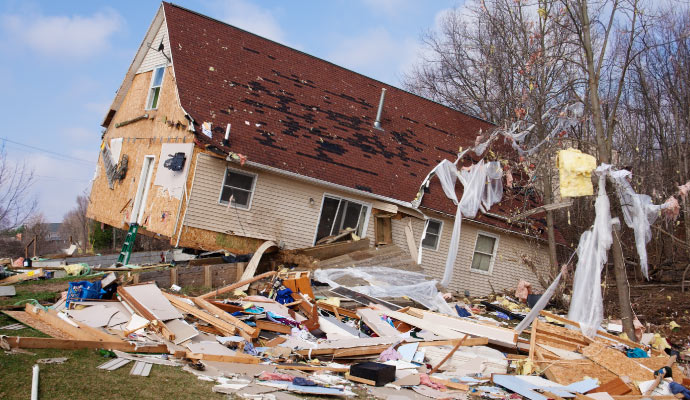
Disaster Restoration Plan (DRP) of Action
Disaster can happen anytime and there will be no turnback. Before your property gets into water, fire or any other disaster damage and has a great loss, you need to make a plan for it.
Restoration Renegades is here to help you find professional disaster restoration companies who can help you plan to safeguard your property and assets against unpredictable natural disasters. With experienced restores in disaster restoration, you will be ready to go through the process of creating an effective disaster restoration plan. Call us today at 817-203-2575 or contact us online to find your local restorer.
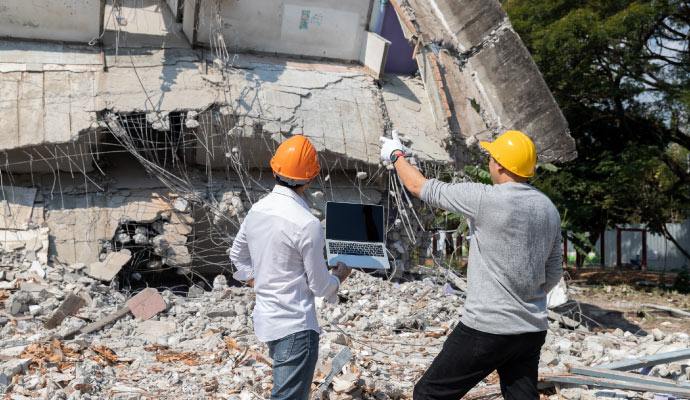
What is a Disaster Recovery Plan?
A Disaster Recovery Plan (DRP) is a structured approach that organizations develop to restore normal operations and recover from disruptive events, such as natural disasters. It outlines the procedures and strategies to be implemented in the event of a disaster to minimize downtime, mitigate losses, and ensure the continuity of essential business functions.
5 Key Features for Building Your Disaster Restoration Plan
Our emergency response planning services are made to your unique needs and circumstances. We collaborate closely with expert restorers to identify potential hazards, assess vulnerabilities, and develop a detailed action plan for responding to emergencies swiftly and effectively. From establishing emergency communication protocols to coordinating evacuation procedures, we ensure every aspect of your emergency response plan is thoughtfully designed and meticulously executed.
Here's an overview of the five key features of building a Disaster Recovery Plan:
Risk Assessment: Conduct a thorough risk assessment to identify potential threats and vulnerabilities to your organization's operations and IT infrastructure. Evaluate both internal and external risks, including natural disasters, cyberattacks, equipment failures, and human error. Assess the likelihood and potential impact of each risk to prioritize mitigation efforts effectively.
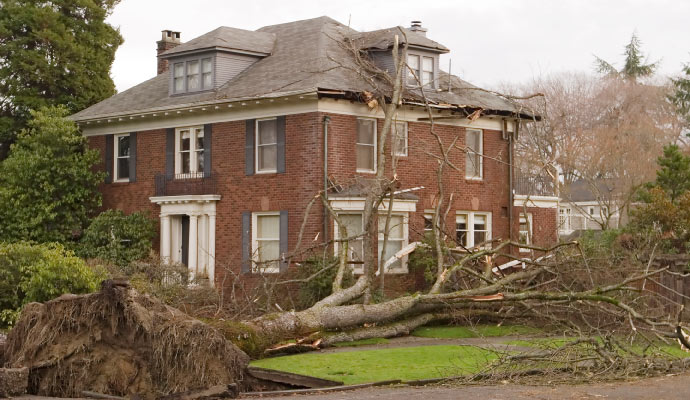
Evaluate Critical Needs: Identify and prioritize critical business functions, processes, and IT systems that are essential for maintaining operations and delivering services to customers. Determine the dependencies and interdependencies between systems and processes to understand their impact on overall business continuity. Allocate resources and prioritize recovery efforts based on the criticality of each function and system.
Set Disaster Recovery Plan Objectives: Define clear and measurable objectives for your disaster recovery plan, including recovery time objectives (RTOs) and recovery point objectives (RPOs) for critical systems and data. Establish realistic and achievable goals that align with the organization's business needs, regulatory requirements, and budget constraints. Ensure that objectives are communicated effectively to all stakeholders and are regularly reviewed and updated as needed.
Collect Data and Create the Written Document: Gather all necessary data, information, and documentation required to develop the disaster recovery plan. Document the plan in a written document that outlines the procedures, protocols, roles, and responsibilities for responding to disasters and recovering IT systems and business operations. Include detailed instructions for executing each step of the plan, as well as contact information for key personnel, vendors, and external partners.
Test and Revise: Regularly test and validate the effectiveness of the disaster recovery plan through simulation exercises, tabletop drills, and real-world scenarios. Identify any weaknesses, gaps, or areas for improvement during testing and revise the plan accordingly. Update the plan as needed to reflect changes in technology, business processes, regulations, or organizational structure, and ensure that all stakeholders are aware of any updates or revisions.
Benefits of a Disaster Recovery Plan (DRP)
A Disaster Recovery Plan (DRP) helps companies in many ways. First, it helps them get back to work quickly after a disaster, so they don't lose too much time or money.
Second, it makes them stronger by planning for problems ahead of time and finding ways to fix them fast. Also, it keeps important things safe like data and buildings, and makes sure customers still trust them.
Lastly, in industries with rules about being ready for disasters, a DRP helps companies follow those rules and stay out of trouble.
Key Post-Disaster Restoration Tips
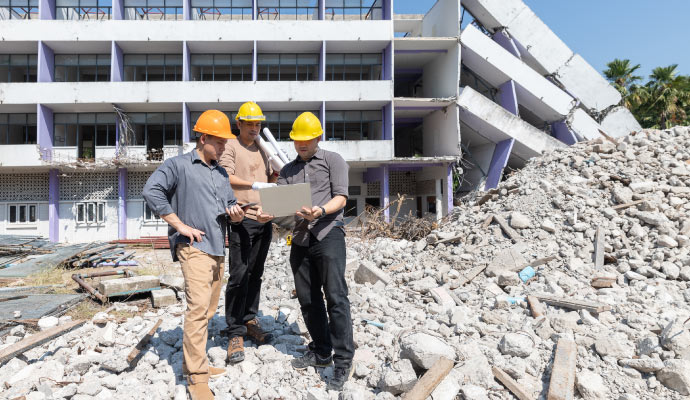
Here are some post-disaster restoration tips to facilitate a smooth recovery process:
Assess Damage: Begin by assessing the extent of the damage caused by the disaster. Survey the affected areas thoroughly to determine the scope of restoration needed.
Prioritize Tasks: Prioritize restoration tasks based on urgency and criticality. Focus on restoring essential services and infrastructure first to minimize downtime and disruptions.
Secure the Site: Ensure the safety and security of the restoration site by addressing any immediate hazards or risks. Take necessary precautions to prevent further damage or accidents.
Document Everything: Keep detailed records of all restoration activities, including photographs, videos, and written documentation. This information will be valuable for insurance claims and future reference.
Coordinate with Authorities: Coordinate closely with local authorities, emergency services, and regulatory agencies throughout the restoration process. Follow any guidelines or regulations set forth by relevant authorities.
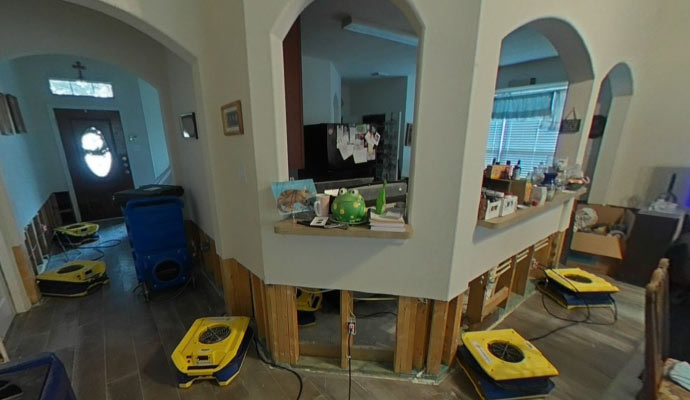
Engage Professional Services: Consider hiring professional restoration contractors or specialists to assist with the restoration efforts. They have the expertise, equipment, and resources to expedite the process effectively.
Restore Utilities: Restore essential utilities such as electricity, water, and gas as soon as possible to facilitate the restoration process and ensure the safety and comfort of occupants.
Communicate Updates: Regularly communicate with stakeholders about restoration progress and timelines. Provide updates on any changes or developments that may affect them.
Address Health and Safety Concerns: Pay special attention to health and safety concerns during the restoration process. Ensure that proper safety measures are in place to protect workers and occupants from hazards such as mold, asbestos, or structural instability.
Plan for Long-Term Recovery: Develop a comprehensive plan for long-term recovery and rebuilding efforts. Consider factors such as sustainability, resilience, and community engagement in the restoration process.
Contact Restoration Renegades Today!
Ready to take the first step towards protecting your property and assets with a complete disaster restoration plan? Contact us today 817-203-2575 and schedule a consultation with one of the expert restorers.
Certified and trained restoration companies are not only reliable, but they are also equipped with state-of-the-art restoration tools to restore your property in the most efficient, accurate, safe, and eco-friendly way possible. Services provided cover other types of damages too such as water damage, fire damage, content restoration, mold remediation, biohazard cleanup etc.
So if you are looking for a quick and expert to help you with restoration plan of your property, please use our zip code locator form or contact form to connect with a superior, affiliated Restoration Renegades contractor quickly.



